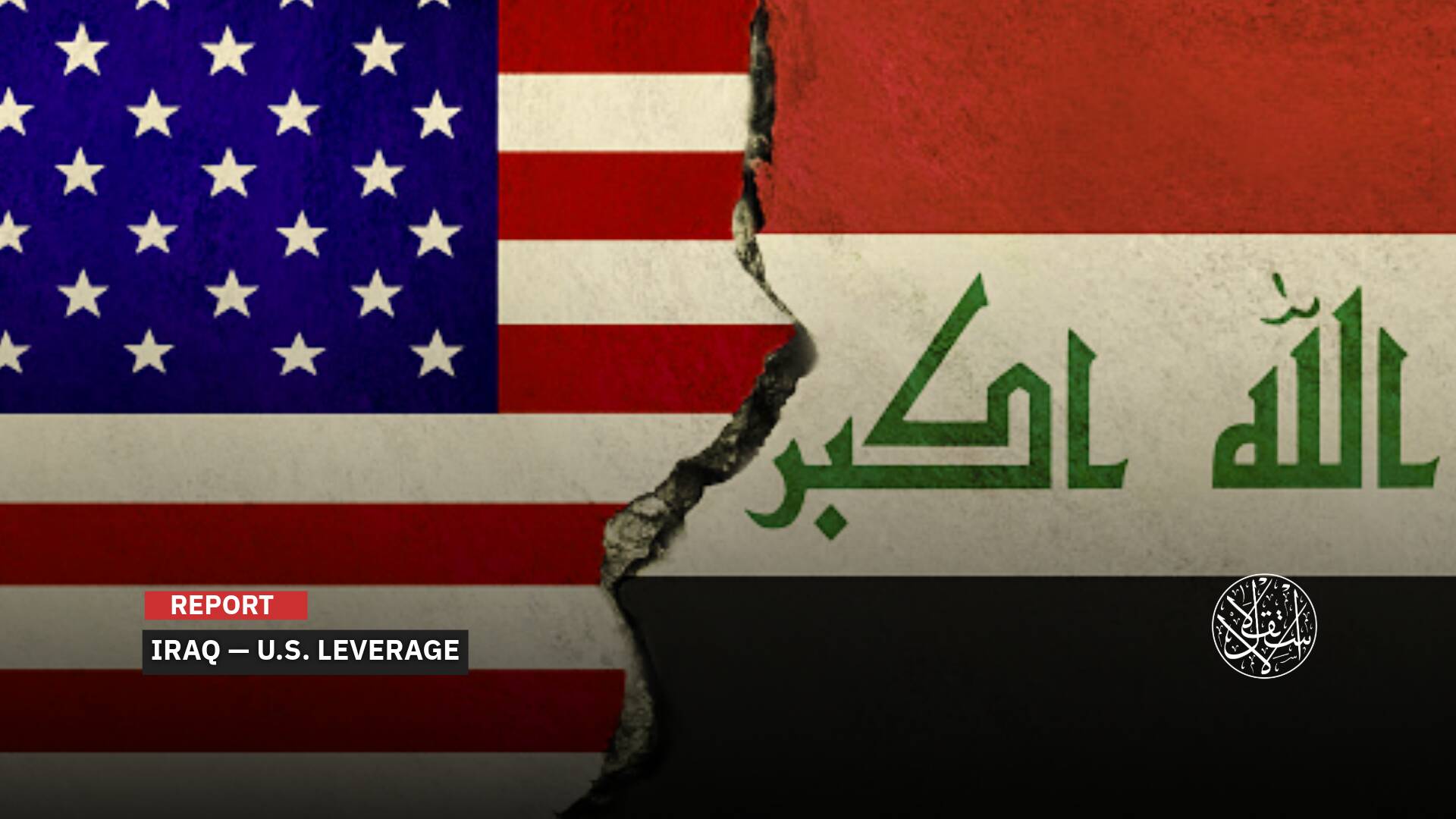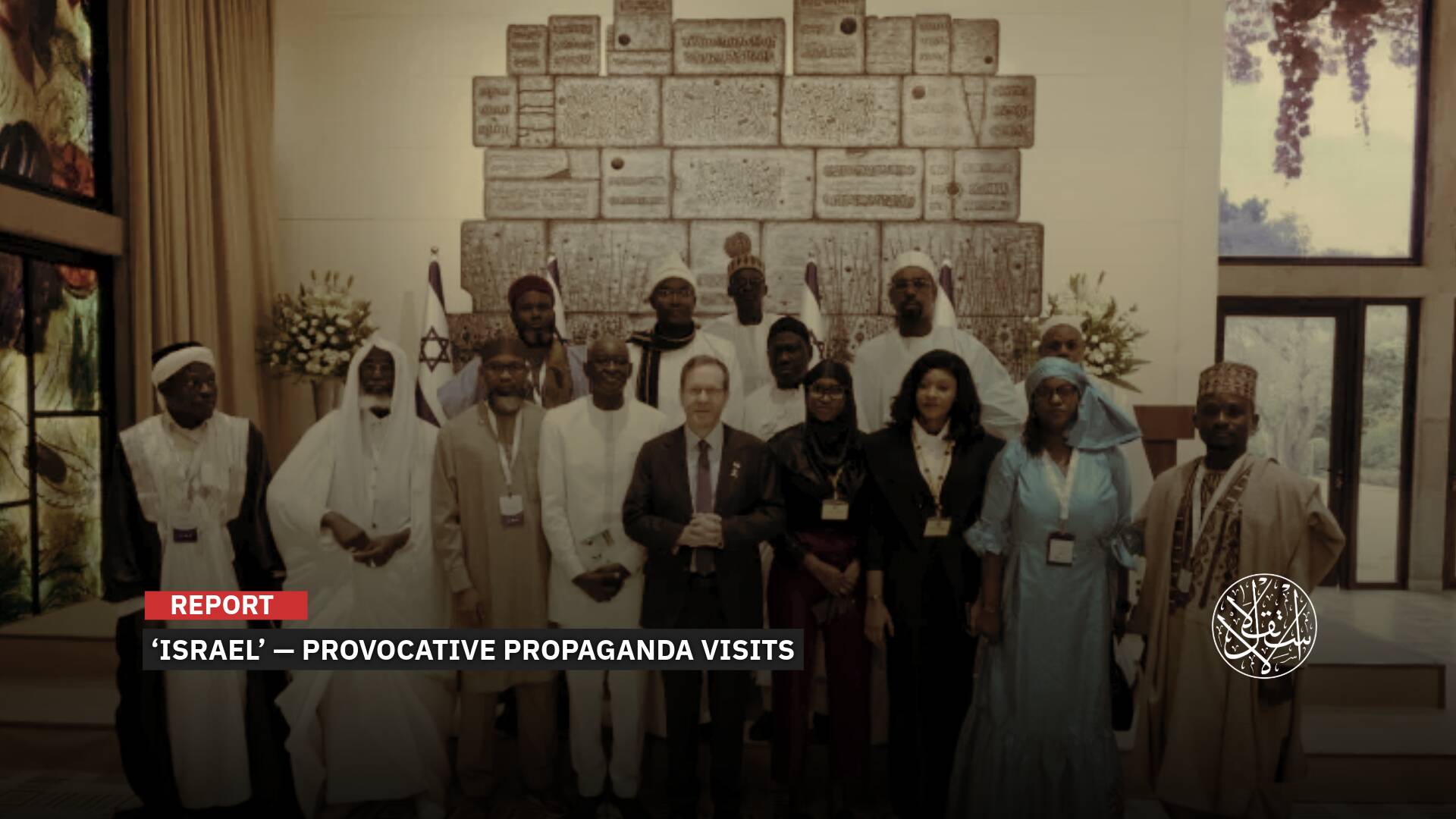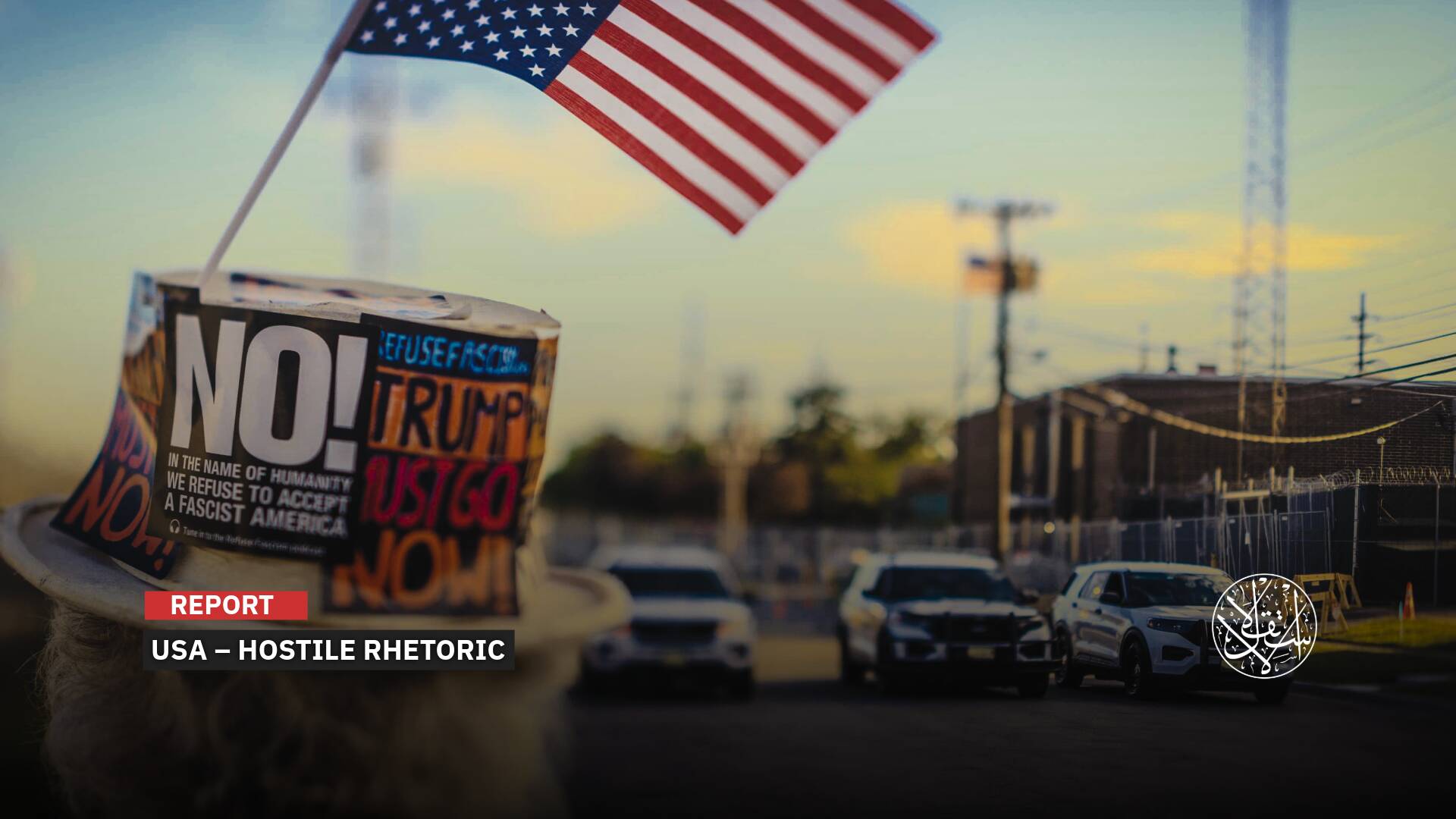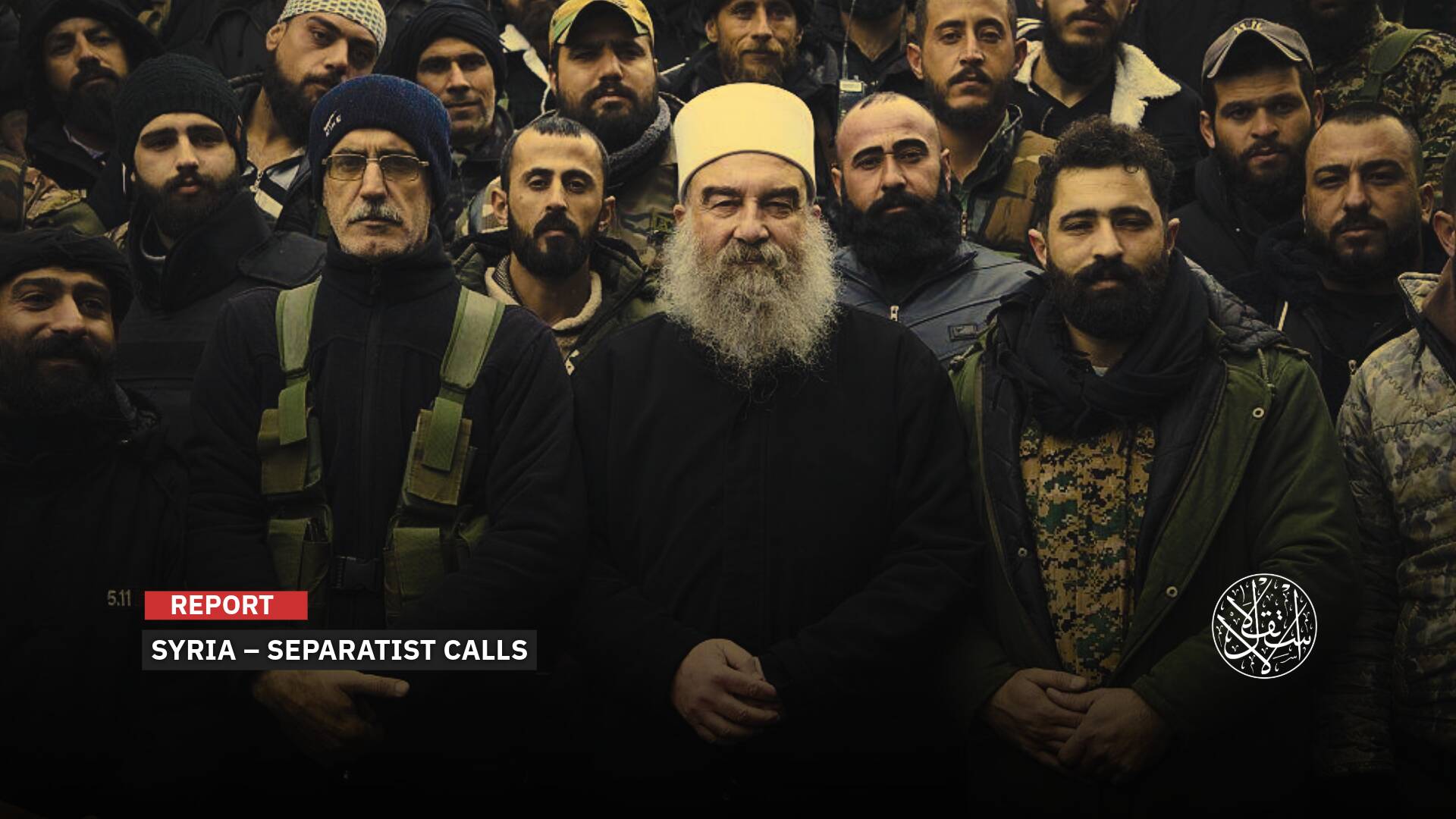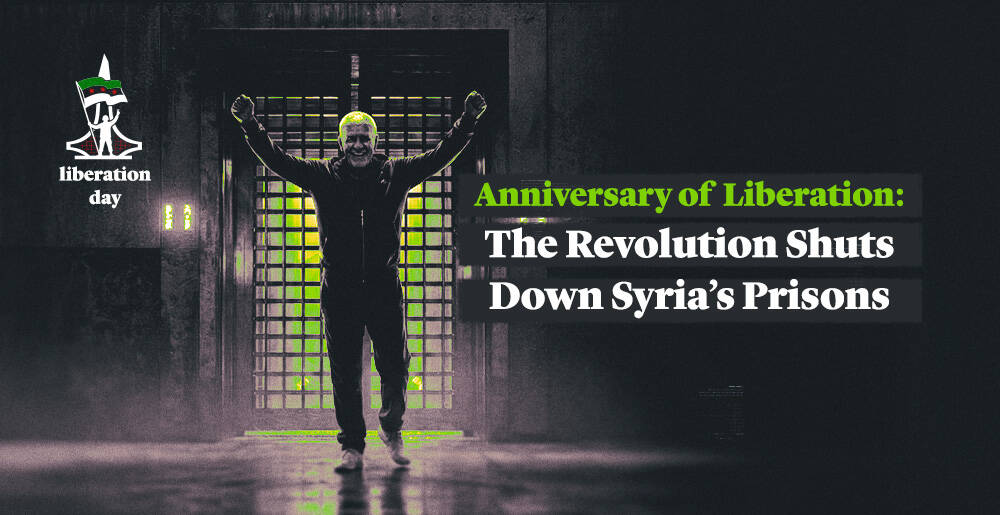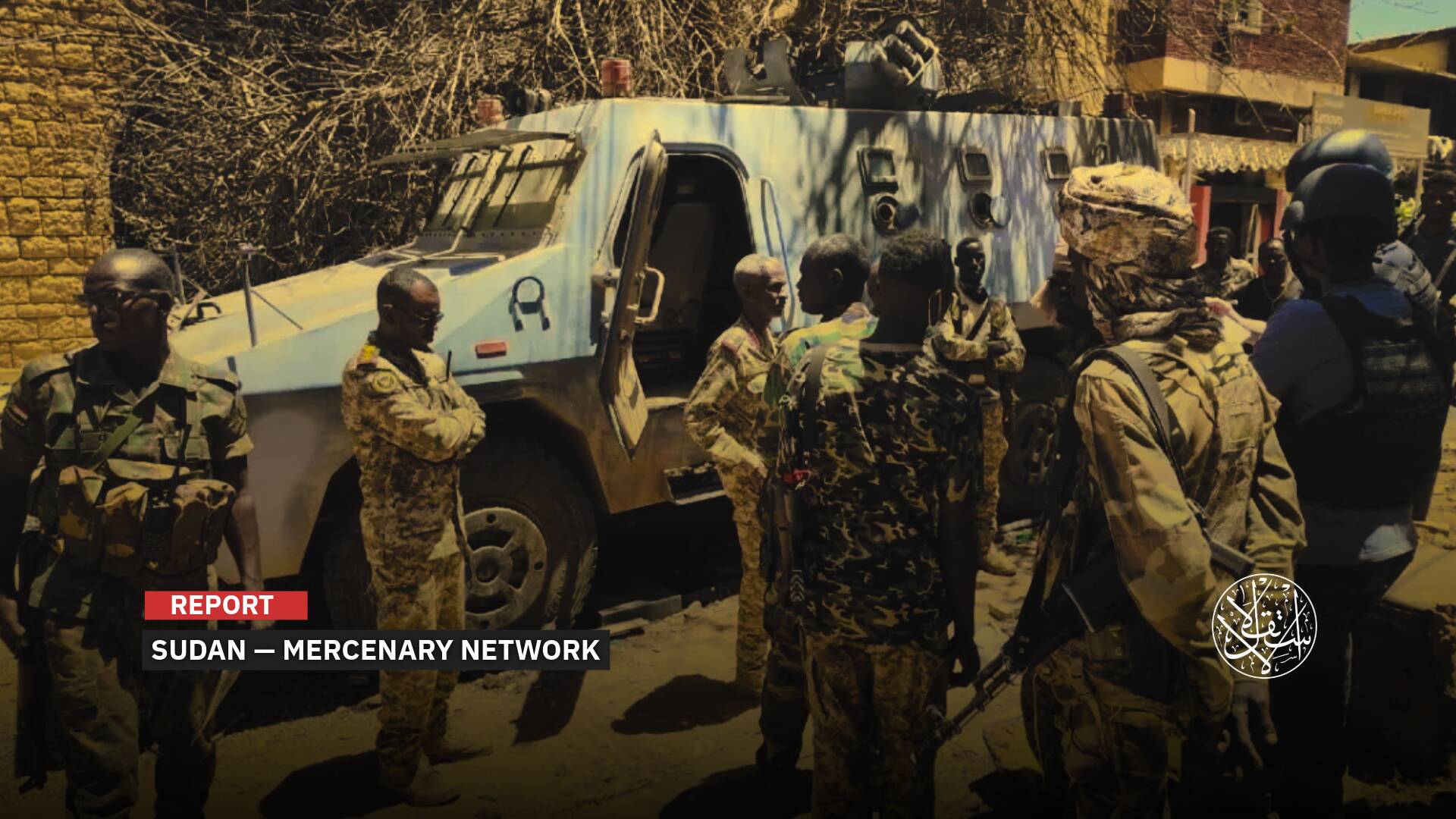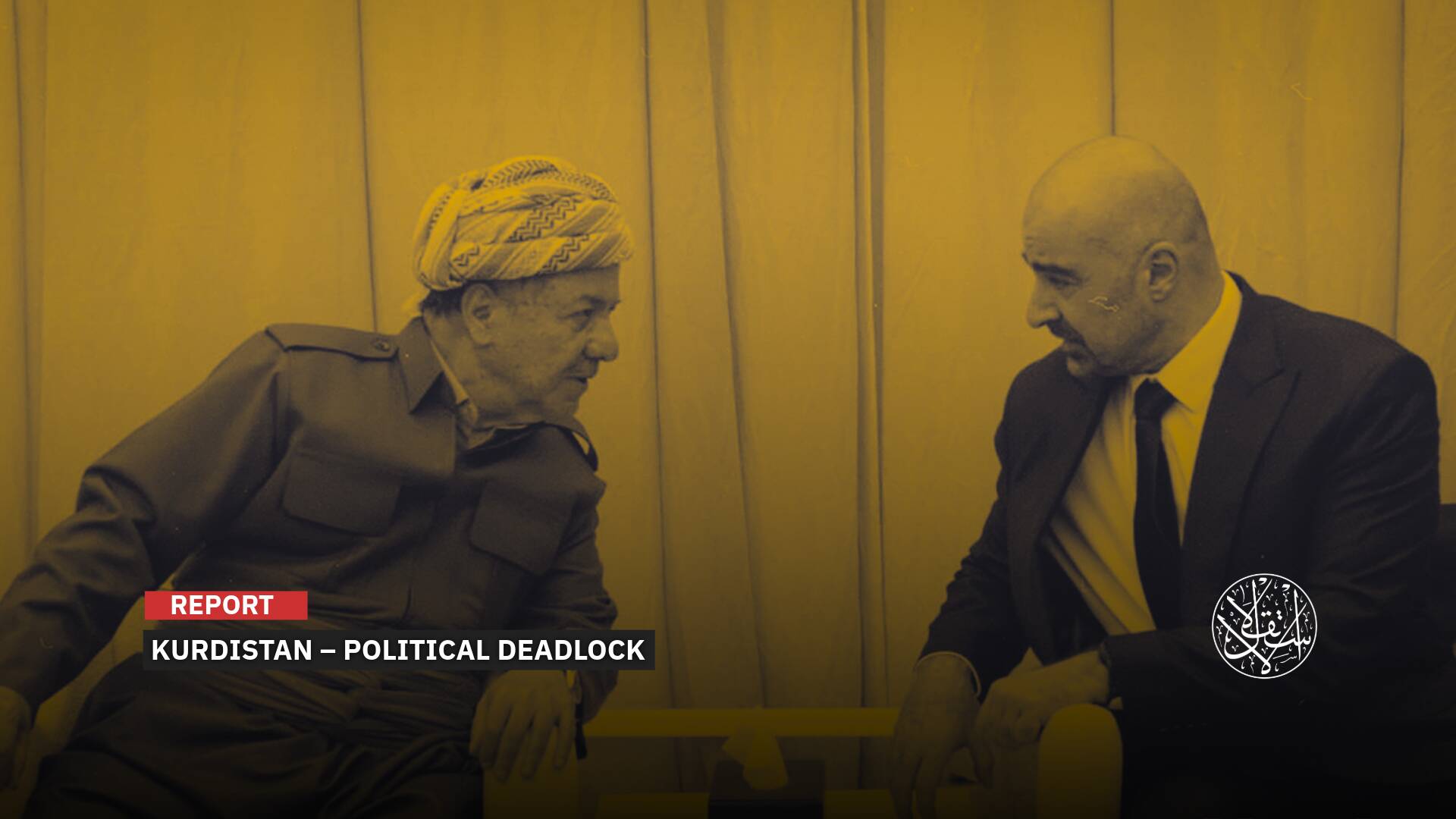Are Armed ‘Village Defense Guards’ Militias Being Used by India to Displace Muslims in Kashmir?

Amid escalating tensions between India and Pakistan, New Delhi continues to arm its forces in the disputed region of Kashmir, aiming to replace Muslims with extremist Hindus.
On April 30, 2023, the Indian occupation forces armed 150 individuals in the village of Dangri, located in the Rajouri district of Indian-administered Kashmir. This is part of a broader campaign to militarize Hindus since January of the same year.
According to AFP, over 5,000 Hindus have been armed in two border areas of Kashmir by semi-military Indian forces, according to security officials. This mirrors the arming of Jewish settlers by Israeli Occupation forces.
In early January 2023, militants belonging to Kashmiri resistance groups fired upon occupied Hindu homes in the village of Dangri, resulting in the deaths of seven individuals.
These resistance groups fight against the Indian occupation of the Muslim-majority part of Kashmir, which has been divided between India and Pakistan since 1947, with both countries claiming full sovereignty over it.
These developments have raised concerns among Kashmiri Muslims, who fear that these militias will escalate tensions and exacerbate problems.
They are apprehensive that this might be India’s ultimate plan to forcibly uproot them, with Hindu terrorism aimed at changing the demographic composition in favor of Hindus.
Currently, numerous villages in Jammu and Kashmir, with a significant Hindu population, have militias operating under the name Village Defense Guards (VDGs). Similar to Israeli settlers, they collaborate with the Indian occupation forces under the supervision of Indian Home Minister Amit Shah, claiming to counter Kashmiri resistance.
Defense Committees
As a result, there have been demands in the press by the Hindu minority in Kashmir, driven by the extremist Bharatiya Janata Party (BJP) government, seeking to settle them and uproot Muslims by reviving the formerly known Village Defense Committees.
The Hindu occupation authorities responded to these calls by arming Hindu villagers in the Jammu region and initiating their training in self-defense, according to Outlook India, on January 10, 2023.
The reality is that the Hindu authorities have exploited this incident to expand the role of the so-called Village Guards, a Hindu militia similar to the armed RSS (Rashtriya Swayamsevak Sangh) organization in India, which espouses the ideology of Hindutva, meaning India for Hindus only and the elimination of Muslims.
These militias are part of an extensive plan to alter the demographic composition of Kashmir through the suppression and arrest of Muslim leaders, the closure of prominent mosques, and the demolition of Muslim homes using bulldozers under the pretext of “reclaiming” state land, as confirmed by Kashmiri Muslim leaders.
India controls approximately half of the territory of Jammu and Kashmir, including the regions of Ladakh, while Pakistan governs one-third of the region, divided into two parts: Azad Kashmir and Gilgit–Baltistan.
Previously, parts of the state (Jammu, Kashmir, and Ladakh) were administered as union territories by India, but on August 5, 2019, the New Delhi government revoked the limited self-rule for Muslims and made the entire region directly under its control, imposing Hindu dominance.

In the mid-1990s, the so-called Village Defense Committees were established for the first time in the Chenab Valley region of Jammu and Kashmir, claiming to defend the Hindu population against attacks by Kashmiri insurgents, especially in remote mountainous villages.
According to the Indian Express newspaper on January 9, 2023, these committees were created in 1995 in response to the lack of security among the Hindu minority, and Hindus were armed with guns and ammunition.
At that time, these committees comprised about 4,000 members and over 27,000 volunteers.
Later, approximately 25,000 men and women were armed and organized under the framework of Village Defense Committees in the predominantly Hindu Jammu region, according to AFP.
However, human rights organizations in India and around the world accused armed members of these committees of committing atrocities against Muslim civilians who owned the land.
Over the years, these militias have increasingly become secessionists and have been accused of targeting and harassing Muslim residents in the region.
There have been numerous reports of these armed Hindu groups being involved in extrajudicial killings and other forms of torture and violence against Muslims in Kashmir.
At least 210 cases related to killings, rape, and extortion by Muslims against Hindus were registered, according to official figures, but less than 2 percent of the Hindu defendants were convicted in Indian courts.
These groups have been accused of close collaboration with Indian security forces to maintain control over the region and suppress opposition.
In 2020, the policy of the Village Defense Committees was renewed, and their activities were restructured to become more organized and heavily armed, operating under the name Village Defense Guards (VDGs), which are now affiliated with the Indian army and police.
It wasn’t just a name change, but a change in the structure of the committees themselves, with all Hindus being armed with the latest rifles, not just special police officers (SPOs), according to Outlook India, on January 10, 2023.
Authorities began conducting training courses for VDG groups, primarily composed of former Hindu officers and soldiers, to work as guards defending Hindu villages, similar to the armed settlers’ groups in “Israel.”
Because they have become more like non-military forces affiliated with India, New Delhi has provided them with good salaries and additional training. However, they continued to unjustifiably carry out killings of Muslims, according to Deutsche Welle on March 18, 2023.
The Indian army participated in training them in marksmanship and arming them, according to the Kashmir Observer newspaper, on April 20, 2023.
Officials stated that over 50 groups of officers from various villages along the Line of Control participated in their firearms training in coordination with local police.
Muslim Fears
Amidst the joy of Hindus being armed and protected by the Indian army and police, Muslims fear that these militias will become a new tool in their killings and efforts to uproot them from their land.
An elderly Muslim cleric living in Dangri told the AFP on April 30, 2023, that what is worrying is the way weapons are now being distributed in one community.
He continued that Hindu young men are now brandishing weapons in Muslim faces, and this is not good for any Muslim there. He also said he feels increasing tension.
Former Chief Minister Mehbooba Mufti, who advocates for more autonomy for the region, said that arming the local population in border areas of Jammu contradicts the government’s claims of restoring normalcy, according to Reuters on January 12, 2023.
In addition to their role in killing Kashmiri militants, three Muslim civilians have been killed by mistake since the establishment of these Hindu militias, but these concerns have not prevented many people in the villages surrounding Dangri from arming themselves.
Human rights activist Sabia Dar questioned why India armed 27,000 Hindus in Village Defense Guards groups despite having half a million regular soldiers in the Indian army and other forces already stationed in Kashmir.
She confirmed to German television Deutsche Welle on March 18, 2023, that their goal is to privatize human rights violations against Muslims in Kashmir, claiming that the violations against Muslims are not officially carried out by the Indian army, but by unofficial private groups.
When New Delhi stripped Kashmir of its limited self-rule in 2019, the right-wing Bharatiya Janata Party government defended this move, claiming it would eliminate the armed rebellion that had lasted for decades in the disputed region.
But after just four years, the government itself is reviving a Hindu militia to intimidate Muslim residents with the aim of displacing them.
For the first time in seven decades, the Muslim majority in Kashmir faces an existential threat and a deliberate demographic change due to recent Indian legal and military measures seeking to forcibly integrate the region after it had been semi-autonomous.
Observers liken India’s policy in Kashmir to what the Israeli Occupation does in Palestine, particularly regarding the policies of ethnic cleansing, settlement, genocide, and forced displacement of indigenous populations, and bringing settlers to replace them.
Historically, Islam reached the borders of Kashmir with the conquests of the young leader Muhammad bin al-Qasim in the eighth century, but its spread within the region began in the fourteenth century as a result of its conversion by the Buddhist ruler Rinchen Shah and his efforts to spread it, in addition to the efforts of scholars and preachers who migrated from Central Asia.
By the fifteenth century, Muslims had become the numerical majority in Kashmir, and Islamic rule persisted for five consecutive centuries until its final downfall in 1819. Despite numerous bloody massacres targeting Kashmiri Muslims, they remain the majority up to this day.
With the departure of British colonialism and the division of the Indian subcontinent into two countries, it was agreed that a state called Pakistan would be formed from the regions with a Muslim majority, while the regions with a Hindu majority would join to establish the state of India.
Kashmir was classified as part of the first group, yet India militarily entered Kashmir to suppress popular protests against the then-ruler of Kashmir, who sought to join India.
Pakistan intervened in defense of the Kashmiri people through tribal and military forces, leading to a war that broke out on November 2, 1947, and lasted for two years between the two parties.
At that time, the situation resulted in one-third of Kashmir remaining under Pakistani administration, named Azad Kashmir, while two-thirds came under Indian military influence, named Jammu and Kashmir, with a semi-autonomous rule for the Kashmiris.
The agreement included legal and legislative guarantees not to tamper with the demographic composition of the region, which was the only region with a Muslim majority in India, by prohibiting non-Kashmiris from owning or settling in the area. However, these provisions were gradually violated by the Indian occupying authorities.
After 70 years of this situation, on August 5, 2021, the Indian authorities abolished Article 370 of their constitution, which granted special legal status to the Jammu and Kashmir region (limited self-rule), and officially annexed it.
Since then, a new phase has begun led by the extremist Hindu party, the Bharatiya Janata Party (BJP), which has been ruling the country since 2013.
The main objective of this phase is to change the Kashmiri identity and completely eliminate the state of semi-autonomy and the Muslim majority in the region.
As part of their demographic change plan, India issued approximately four million residence permits from 2019 to 2021 for Indians who wish to move and settle in Kashmir and acquire land there.
This is a significantly large number compared to the population of Muslims in the region, which does not exceed eight million people, indicating India’s acceleration of its policy towards Kashmir, aiming to transform it into a Hindu-majority region.


